how much do you tip fishing guides
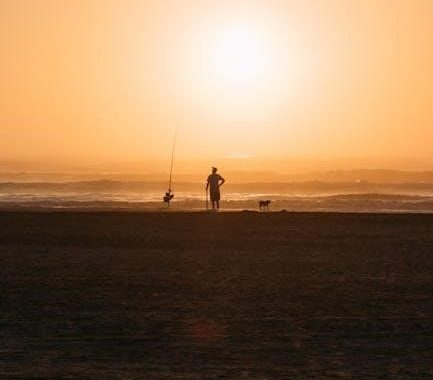
how much do you tip fishing guides
Tipping fishing guides is a customary practice to show appreciation for their expertise and effort. The standard tip ranges from 10% to 25% of the trip cost, reflecting service quality and trip length.
Understanding the Importance of Tipping Fishing Guides
Tipping fishing guides is essential to acknowledge their hard work, expertise, and dedication. Guides often spend long hours preparing gear, navigating, and ensuring a successful trip. Tips are a significant part of their income, reflecting appreciation for their efforts and commitment to providing a memorable experience; It’s a way to recognize their professionalism and ensure high-quality service.
Overview of Tipping Etiquette in the Fishing Industry
Tipping etiquette in the fishing industry is shaped by factors like service quality, trip duration, and regional customs. A standard tip ranges from 10% to 25% of the total cost, with 15% to 20% being common. Tips are typically given per guide or mate, not per client, ensuring fairness and appreciation for their efforts. This practice varies globally but remains a key aspect of the fishing experience.
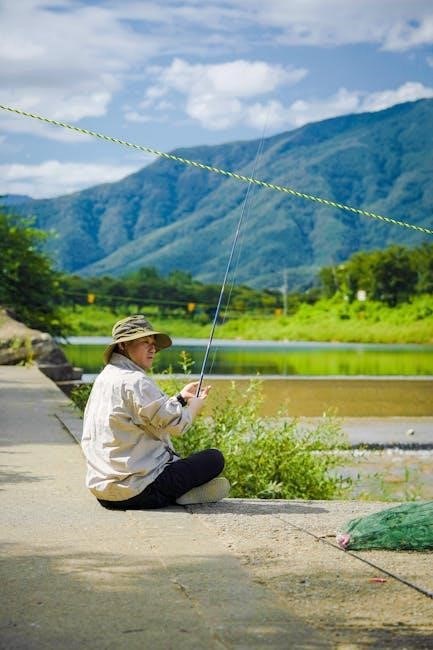
Factors Influencing the Tip Amount
The tip amount for fishing guides is influenced by factors like trip cost, service quality, group size, duration, and regional customs. Adjust based on expertise and experience.
Group Size and Trip Duration
Group size and trip duration significantly influence tip amounts. Larger groups or longer trips often require more effort, warranting higher tips. For half-day trips, $50-$100 is standard, while full-day excursions typically see $100-$200 or more, depending on service quality and overall experience. Adjustments should reflect the guide’s workload and time invested.
Level of Service and Guide Expertise
The level of service and a guide’s expertise play a crucial role in determining the tip. Exceptional knowledge, effort, and attentiveness justify higher gratuities, often 20-25% of the trip cost. Conversely, average service may warrant 15%, while outstanding experiences might prompt even more generous tips to reflect the guide’s skill and dedication to ensuring a memorable trip.
Location and Regional Customs
Location and regional customs significantly influence tipping practices for fishing guides. In some areas, such as Delaware or Georgia, a 20% tip is standard, while other regions may lean toward 15-25%. International trips often follow local etiquette, which may differ from U.S. norms, emphasizing the importance of researching destination-specific tipping customs to ensure appropriate gratuities for guides.

Standard Tipping Ranges for Fishing Guides
Standard tipping ranges for fishing guides typically fall between 15% to 25% of the trip’s total cost, reflecting the quality of service and overall experience provided.
Percentage-Based Guidelines
Tipping fishing guides typically ranges from 15% to 25% of the total trip cost, with 20% considered standard for good service. Adjust based on service quality, group size, and regional customs, ensuring the tip reflects the guide’s effort and expertise throughout the fishing experience.
Flat Rate Tips for Different Trip Lengths
Flat rate tips for fishing guides vary by trip duration. Half-day trips often see tips of $50-$100, while full-day trips typically range from $100-$200. Overnight or multi-day excursions may require $200-$300 or more, depending on the guide’s effort and trip complexity. These rates are standard across various regions and fishing types, ensuring fair compensation for the guide’s services.

When to Tip More or Less
Tip more for exceptional service, such as 20-25% for outstanding expertise or efforts. Tip less, around 10-15%, if the experience was unsatisfactory or below expectations.
Exceptional Service Worthy of a Higher Tip
For exceptional service, consider tipping 20-25% of the trip cost. This reflects outstanding guide expertise, extra effort, or memorable experiences. If the guide went above and beyond, such as ensuring a successful catch or providing exceptional knowledge, a higher tip is appropriate. This gesture acknowledges their dedication and enhances your appreciation for their hard work and professionalism.
Subpar Experience and Adjusting the Tip Downward
If the experience was unsatisfactory, tipping below the standard range (10-15%) is appropriate. This reflects poor service, lack of effort, or unmet expectations. Communicate concerns calmly with the guide before adjusting the tip. A lower tip signals dissatisfaction but should still be fair, ensuring it aligns with the level of service provided during the trip.
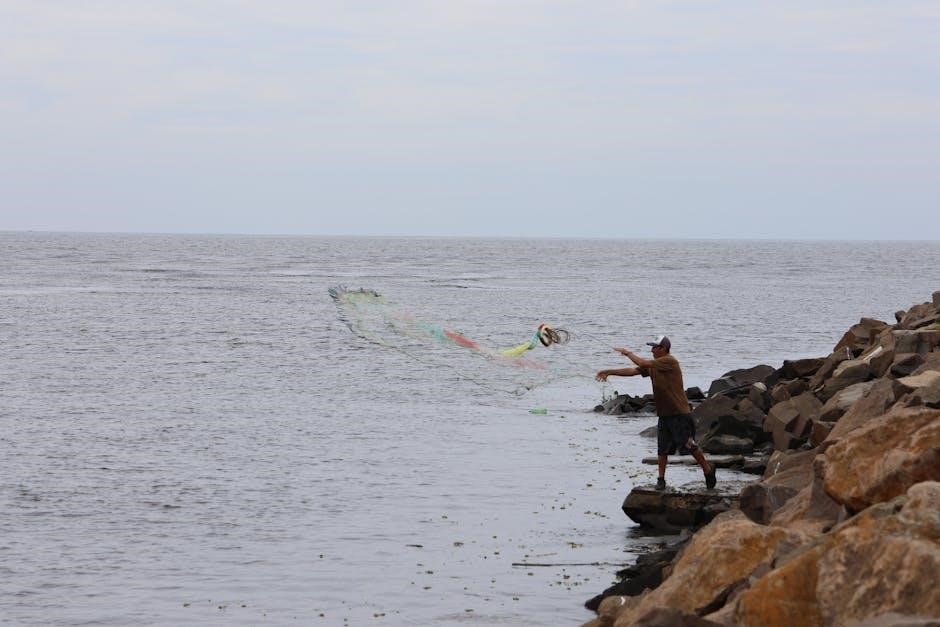
How to Present the Tip
Present the tip discreetly, either before or after the trip, using cash or credit. Ensure the method is convenient and respectful, reflecting your satisfaction.
Tipping Before or After the Trip
Tipping can be done before or after the trip, depending on your preference. Tipping beforehand may set a positive tone, while tipping after allows you to reflect on the experience. Some guides suggest tipping before to ensure good service, while others recommend tipping after to ensure satisfaction. Regardless of timing, the total tip should align with the agreed percentage or flat rate, ensuring discretion and respect for the guide’s efforts.
Methods of Payment and Discretion
Payment methods for tips vary, with cash being the most common and preferred option for fishing guides. Credit cards are also accepted by some, especially for larger amounts. Discretion is key; handing the tip directly to the guide ensures they receive it. For charters, check if a service charge is included to avoid double tipping. Always prioritize clarity and respect in your payment approach;
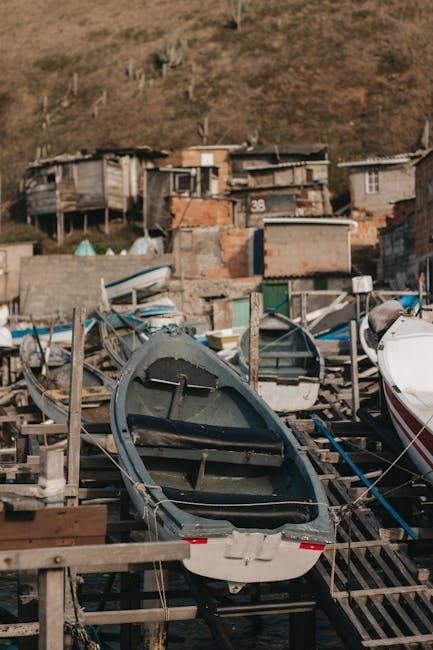
Regional Variations in Tipping Customs
Tipping customs vary by region, with some states like Delaware, Georgia, and Wisconsin predominantly favoring 20% tips. Researching local norms ensures appropriate gratuity.
Domestic vs. International Fishing Trips
Domestic trips typically follow 15-25% tipping norms, aligning with local standards. International trips may vary, with some regions expecting higher tips. Always research destination customs beforehand.
Specific States with Notable Tipping Norms
Regional tipping customs vary across the U.S. States like Delaware, Georgia, and Wisconsin commonly see 20% tips. Alaska, with its remote locations, often sees higher tips due to longer trips and logistics. Researching local norms ensures appropriate gratuity for guides, reflecting regional expectations and service quality.
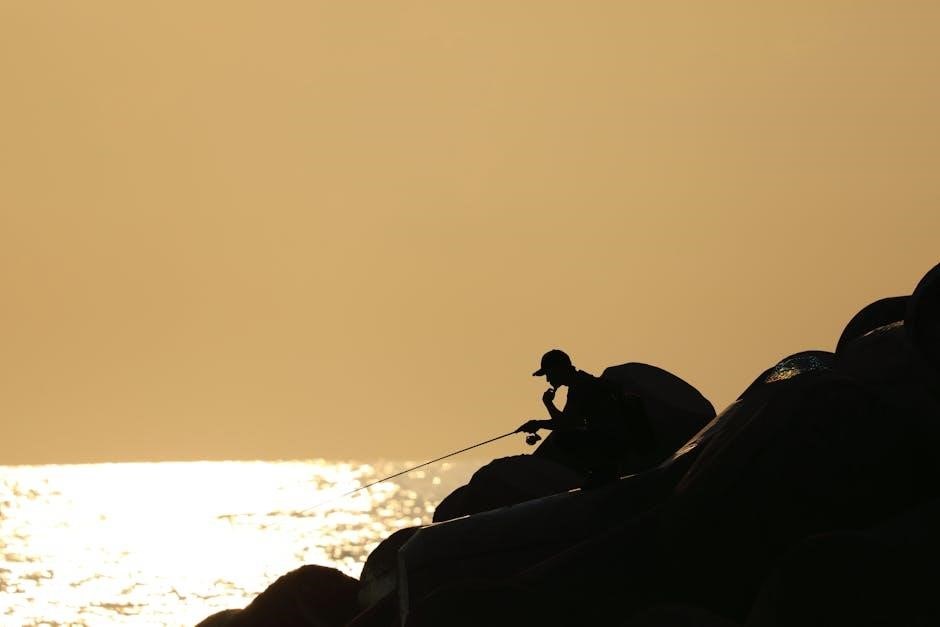
Tipping for Different Types of Fishing Trips
Tipping varies by trip type, with inshore and offshore charters typically receiving 15-25% of the cost. Specialty trips may warrant higher tips for exceptional service and expertise.
Inshore vs. Offshore Fishing Charters
Tipping for inshore charters typically ranges from 10-20%, while offshore trips may warrant 15-25% due to longer durations and greater logistical demands. Inshore guides often work shorter trips in calmer waters, whereas offshore guides navigate rougher conditions and longer distances. Tips should reflect the guide’s effort, expertise, and the overall quality of service provided during the fishing experience.
Specialty Trips and Their Tipping Etiquette
Specialty trips, such as fly fishing or luxury charters, often require higher tips due to specialized skills and personalized service. A 15-25% tip is standard, reflecting the guide’s expertise and the trip’s exclusivity. For multi-day or high-end excursions, tipping $100-$150 per day is common, ensuring appreciation for exceptional efforts and tailored experiences.

Tipping Multiple Staff Members
Tips are typically per guide or mate, not per client. Allocate fairly based on service quality, ensuring each staff member receives appreciation for their efforts. Discretion is key.
Guides vs. Mates: Who to Tip
Both fishing guides and mates contribute to your experience, but tipping practices vary. Guides typically receive 15-25% of the trip cost, reflecting their leadership and expertise. Mates, who assist with tasks like handling gear, may receive a smaller portion, often $20-$50 or a percentage of the total tip, depending on their involvement and service quality.
Tipping Lodge Staff and Other Support Personnel
Lodge staff and support personnel, such as cooks or cleaners, typically receive $10-$20 per day, depending on their attentiveness and work quality. For mates assisting on the boat, $20-$50 or a percentage of the guide’s tip is common. These amounts reflect their role in enhancing your overall experience and ensuring smooth operations during your stay and trip.
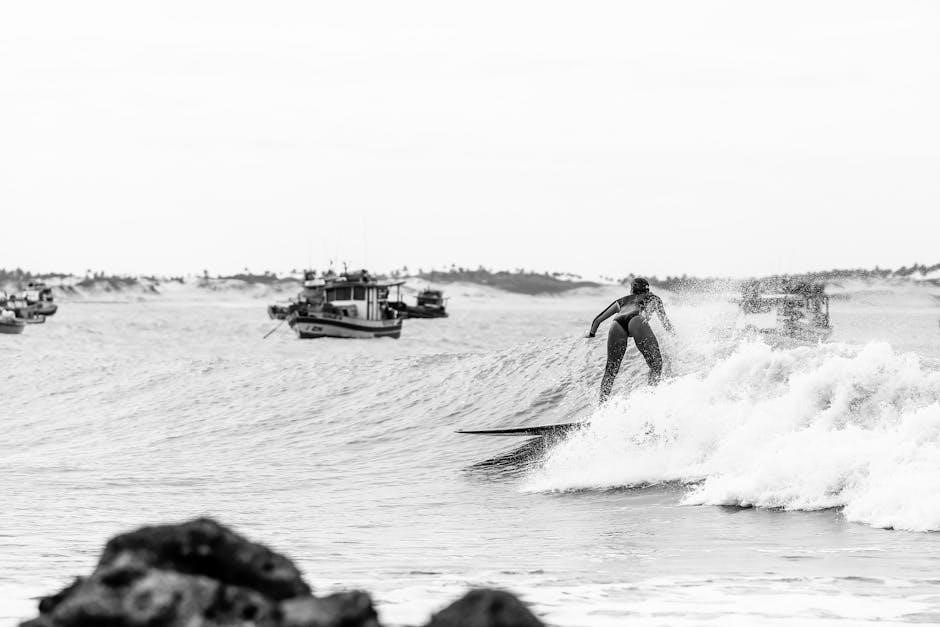
Budgeting for Tips
Budgeting for tips involves setting aside 10-25% of the trip cost. Allocate $50-$100 per day for exceptional service, ensuring a smooth experience for both parties.
Planning Your Tipping Expenses in Advance
Plan your tipping budget by setting aside 10-25% of the total trip cost. For half-day trips, $50-$100 is standard, while full-day trips often require $100-$150. Consider group size, service quality, and regional customs when allocating funds. Pre-determining this amount ensures a smooth experience and avoids last-minute financial stress during your fishing adventure.
Cost-Effective Ways to Show Appreciation
Consider tipping based on group size and trip length to manage costs. For smaller groups or shorter trips, a smaller percentage or flat rate can still convey gratitude. Combining cash tips with thoughtful gestures, like sharing photos or writing reviews, adds value without overspending. This balances generosity with budget constraints effectively.
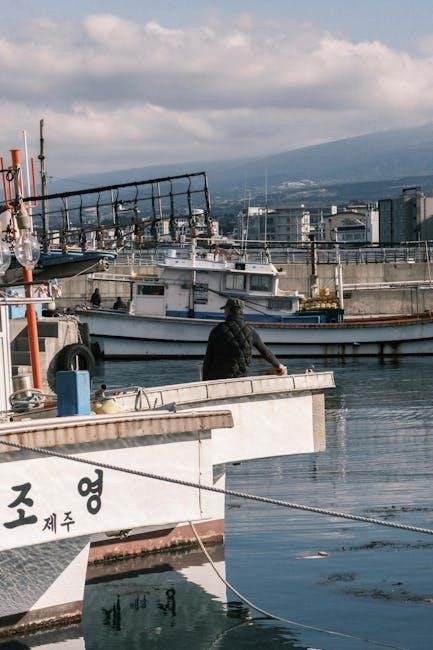
Communicating with Your Guide
Expressing gratitude and discussing expectations openly ensures a positive experience. Acknowledge their effort, share satisfaction, and clarify tipping intentions to maintain clear communication throughout the trip.
Expressing Satisfaction or Concerns
Expressing gratitude and discussing expectations openly ensures a positive experience. Acknowledge their effort, share satisfaction, and clarify tipping intentions to maintain clear communication throughout the trip. This approach fosters mutual respect and understanding, ensuring both parties feel valued and appreciated for their contributions to the experience.
Negotiating Tips in Special Circumstances
In unique situations, such as exceptional service or unforeseen challenges, tipping amounts may be adjusted. If the guide exceeds expectations, consider increasing the tip. Conversely, if issues arise, discuss concerns respectfully before finalizing the gratuity. Open communication ensures fairness and understanding, allowing both parties to align expectations and outcomes effectively.
Tipping fishing guides reflects gratitude for their effort and expertise. Aim for 15-25% of the trip cost, ensuring a fair and positive experience for both parties involved.
Final Thoughts on Tipping Fishing Guides
Tipping fishing guides is a thoughtful way to acknowledge their effort and expertise. Aim for 15-25% of the trip cost, adjusting based on service quality and personal satisfaction; This ensures a fair reward for their hard work and contributes to a positive experience for both you and the guide. Gratitude goes a long way in fostering mutual respect.
Ensuring a Positive Experience for Both Parties
A fair tip fosters mutual respect and ensures a positive experience. Guides appreciate recognition for their effort, while anglers benefit from exceptional service. Clear communication about expectations and satisfaction levels helps build trust, creating a memorable and enjoyable fishing trip for everyone involved. Thoughtful tipping strengthens the bond between guides and clients, enhancing future interactions.